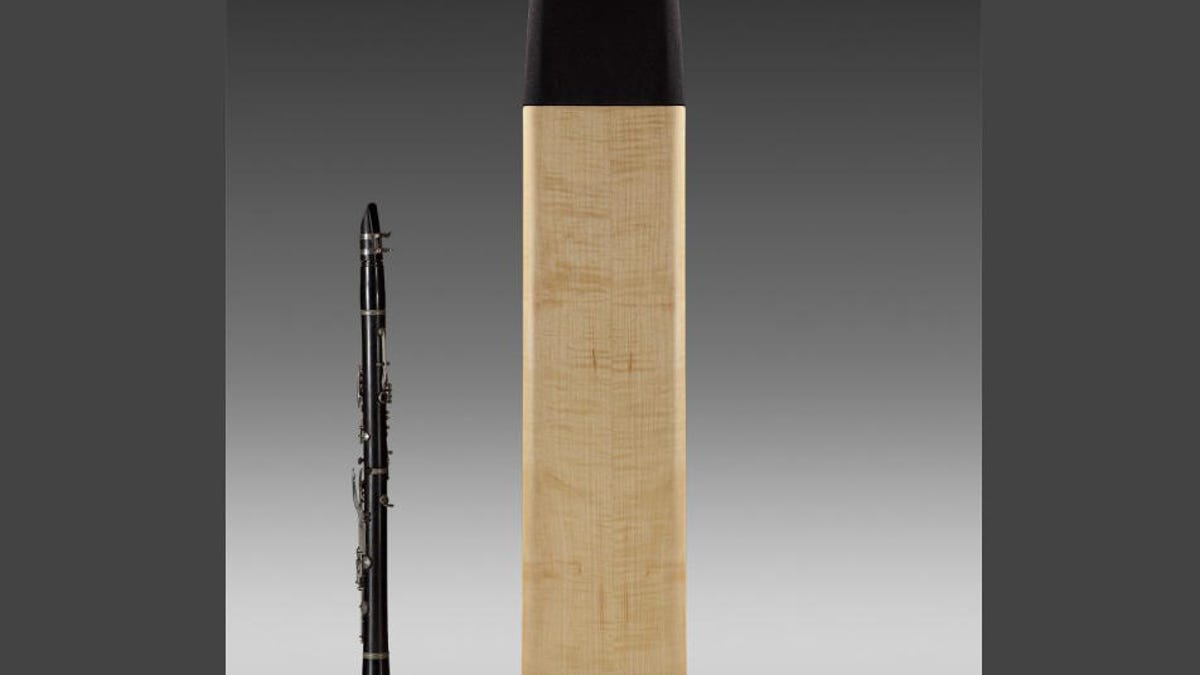@MattHooper, for the record, @Blockader and I do not agree on how much net effect reflections can have on perceived timbre.
An imo relevant nuance that doesn't come up very often is this: We judge perceived loudness by TWO things: The sound PRESSURE level, and the DURATION of the sound.
Sound PRESSURE is the dominant mechanism, but if some frequencies take longer to decay into inaudibility for whatever reason, those frequencies will SEEM to be louder than a measurement of their sound PRESSURE would indicate. This plays a role in perception wherever loudspeaker radiation patterns and their interactions with rooms come into play.
I have some experience with deliberately manipulating the spectral balance of the reflection field (independent of the direct sound) at the loudspeaker itself rather than through modifying the room acoustics, and my observations line up with yours.
An imo relevant nuance that doesn't come up very often is this: We judge perceived loudness by TWO things: The sound PRESSURE level, and the DURATION of the sound.
Sound PRESSURE is the dominant mechanism, but if some frequencies take longer to decay into inaudibility for whatever reason, those frequencies will SEEM to be louder than a measurement of their sound PRESSURE would indicate. This plays a role in perception wherever loudspeaker radiation patterns and their interactions with rooms come into play.
I have my speakers in a room where I have some control of reflections (HF especially) by, for instance, adding diffusers or pulling thick velvet drapes along the side walls. From the listening position I can easily influence the apparent brightness of the sound by altering the reflections. Pulling the drapes along the side wall reflection point will alter the perceived balance to sound less bright, "darker," less airy or strident.
I have some experience with deliberately manipulating the spectral balance of the reflection field (independent of the direct sound) at the loudspeaker itself rather than through modifying the room acoustics, and my observations line up with yours.


